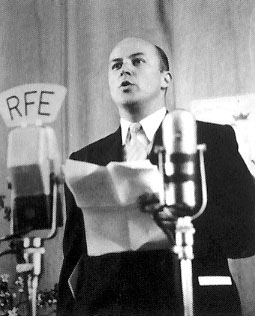
If you are viewing this via an institution or academic library you can ask that your institution takes out a Subscription to this journal.
#Radia wolna europa full#
SORRY - you are not registered as being permitted online access to the full text of this article Only by identifying these trajectories of nostalgia and defining their “medial” and “intermediary” pivots can we understand what exactly is being missed. The resulting yearnings thus point not to Communism’s accomplishments or shortfalls but rather to its side effects. The second re-signifies RFE as an ahistorical cypher for extraterritorial, uncensored, and multilingual resistance par excellence. The first interprets Communism as a medial, rather than political, situation. This process hinges, I observe, on two operations. My analysis of the only three RFE-related artifacts that have so far enjoyed reception in East and West raises the question of whether and how an anti- Communist token, which RFE appears to have been, can become a linchpin of Communist nostalgia. To illustrate how the persistent lack of clarity about them hampers the understanding of nostalgia as a historical phenomenon, I turn to the post-1989 memory of Radio Free Europe ( RFE)-a key Cold War broadcaster into the Eastern Bloc. And yet these, goes the argument of this essay, are neither transparent nor clear-cut. But little has been done to trace or classify nostalgia’s actual objects. Twentieth Century Communism - ISSN 1758-6437Įxisting research on nostalgia, including communist nostalgia, devotes numerous pages to typologizing longing and the approaches to it.

The blurred object of communist nostalgia: Radio Free Europe


 0 kommentar(er)
0 kommentar(er)
